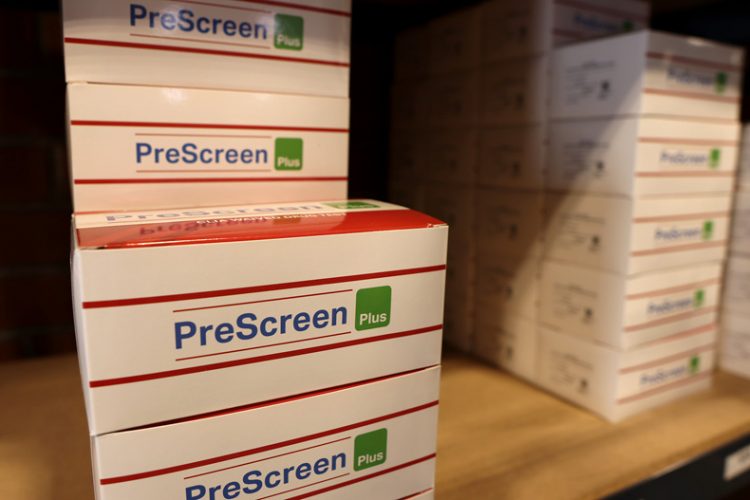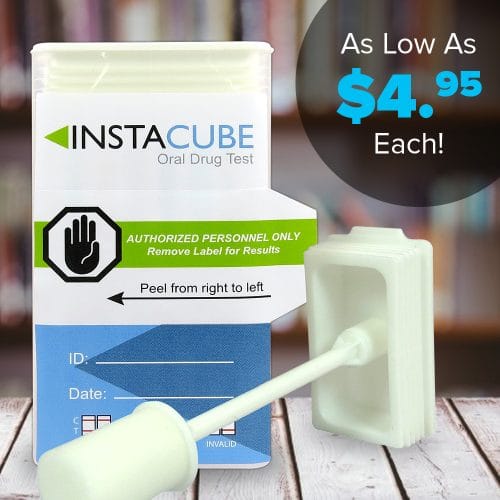From applicant to full-time employee, corporate drug testing standards differ based on their industry and the employer’s particular requirements. Within these guidelines, further drug and alcohol testing policies may be stipulated for specific job positions.
This article will outline common pre-employment drug testing practices and what they mean for the company and current or future employees.
Pre-Employment Screening
As a job applicant, your employment may be contingent upon negative drug and alcohol test results. Employers either conduct internal or external drug testing programs. Internal programs are maintained and performed by trained and certified staff members that can access test results on-site, whereas external programs are either entirely off-site, the applicant would be required to visit the external clinic, or the program is a hybrid. The hybrid program procedure goes as follows, the tests are taken on-site then shipped to an independent lab for processing and results. With the availability of rapid-test pre-screening kits, employers may transition to fully internal programs or hybrid programs (on-site rapid results with outsourced lab confirmation (i.e., double confirmation)). A corporation’s pre-screening policy must be consistent and the company’s hiring or human resources department will communicate all requirements and expectations to all prospective applicants.
Examples of common pre-employment drug test types:
- Urine Cup Tests: For detecting drugs and alcohol. Urine cup tests are cups for the job-candidate to urinate into and seal. The cup comes with a label wrapped around the cup; in accordance with the test instructions, the handler of the test would then remove the outer label on the cup to reveal the results of the test. Urine cups can come with different test combinations, urine can be tested for multiple illicit substances at once and can deliver results within 5 minutes. This is a non-invasive and easily administered testing solution for internal or external drug testing programs.
- Urine Dip Sticks/Cards: For detecting drugs and alcohol. This testing kit typically contains a urine cup and a dipstick (sticks are generally single panel tests and cards are generally multipanel tests that test for multiple substances). Urine dip testing kits can be administered on-site and yield results within minutes of being submerged in the urine cup.
- Hair Tests: For detecting drugs. This drug testing type is customarily reserved for sensitive job positions and is usually administered off-site. The test involves cutting or plucking out a few hair follicles for lab testing. Traces of drugs and other illicit substances are stored in hair follicles and the chemical remains of drug use can be detected in hair follicles for a larger window of time than urine or saliva tests provide. Hair tests can accurately determine drug use for a 90-day window. The accuracy of hair testing is offset by its invasive manner and costly procedure. Hair tests are almost always outsourced tests, the hair removal step can either be on or off-site, but the subject’s hair follicles are almost always sent off-site to an independent lab for results.
- Saliva Tests: For detecting drugs and alcohol. Saliva tests can either be sent to a lab for results or if the test is an instant testing solution the swab can be inserted in the kit container for the designated time period. The testing pads on and in the container will either change colors or present test lines in accordance with the display guidelines of the test kit. Saliva tests are widely accepted due to their non-invasive and user-friendly design, which may ultimately put job candidates at ease. Drug testing programs that ensure subject and test-handler comfort and safety are paramount to effective results and operation.
Employee Safety and Turnover
Certain sensitive positions require regular and systematic drug tests, however, the majority of working environments do not pose mandatory drug testing intervals and requirements. The most important aspect of a drug testing policy in modern workplaces is transparency. And companies that implement trustworthy pre-employment testing standards and a clear policy on current employee testing programs may experience lower employee turnover and improved office satisfaction. Clear communication and adherence to local, state, and federal laws regarding drug testing, is the first and most important step in establishing or continuing an employee and pre-employee drug screening program.



